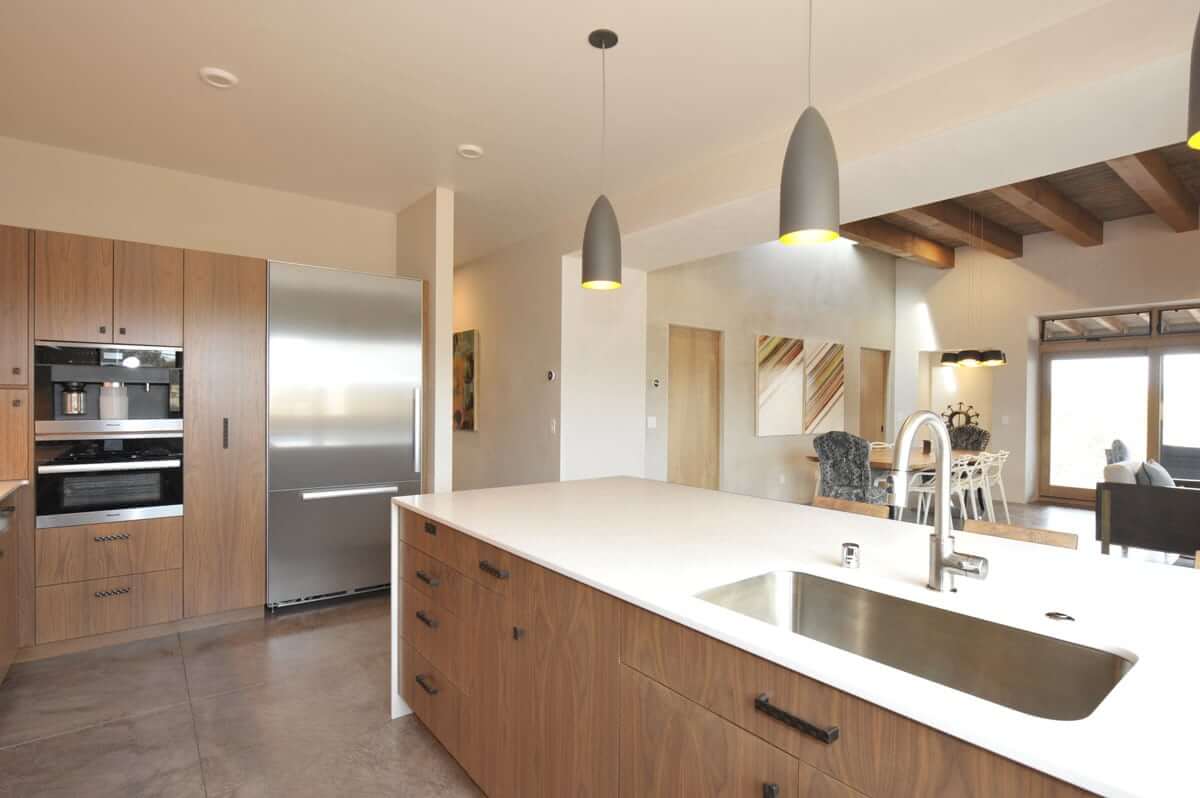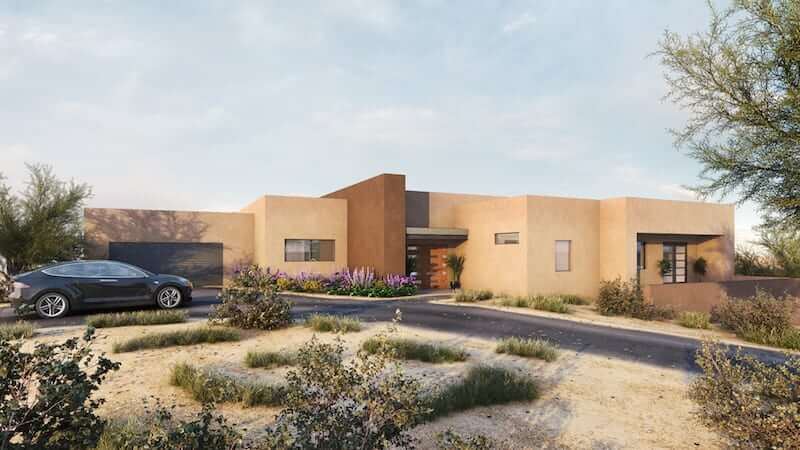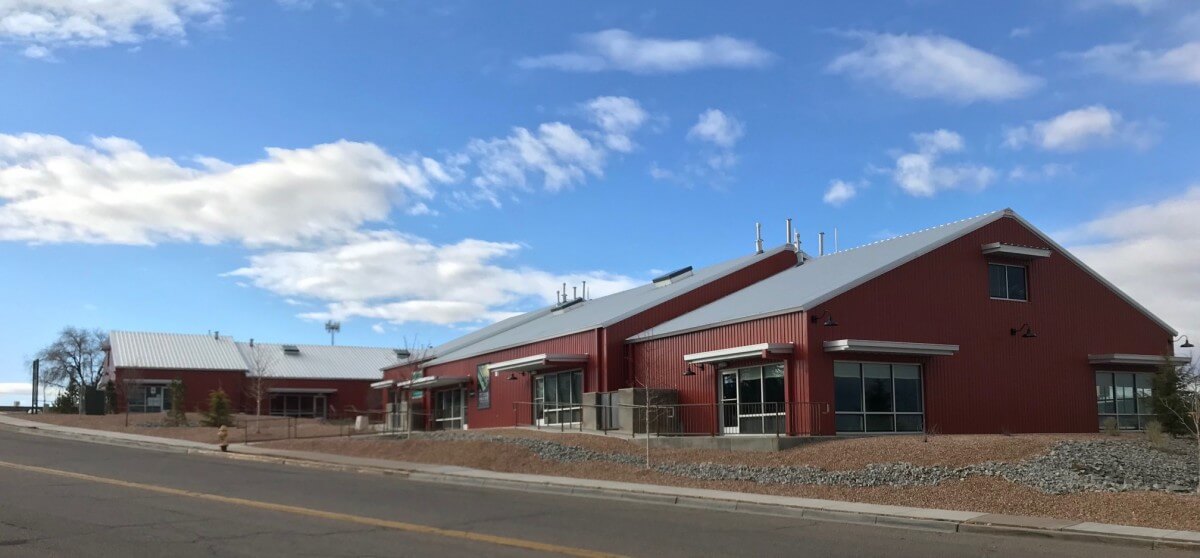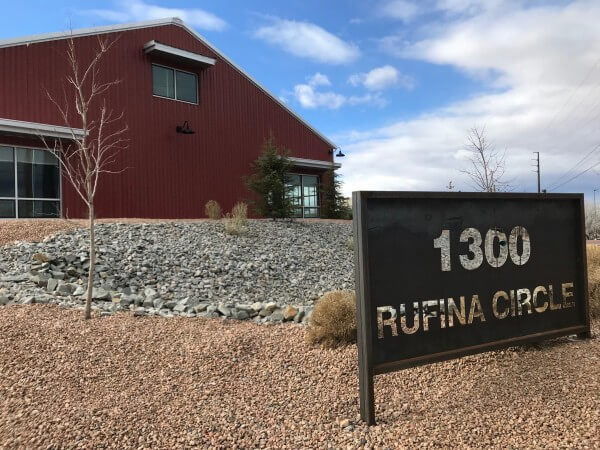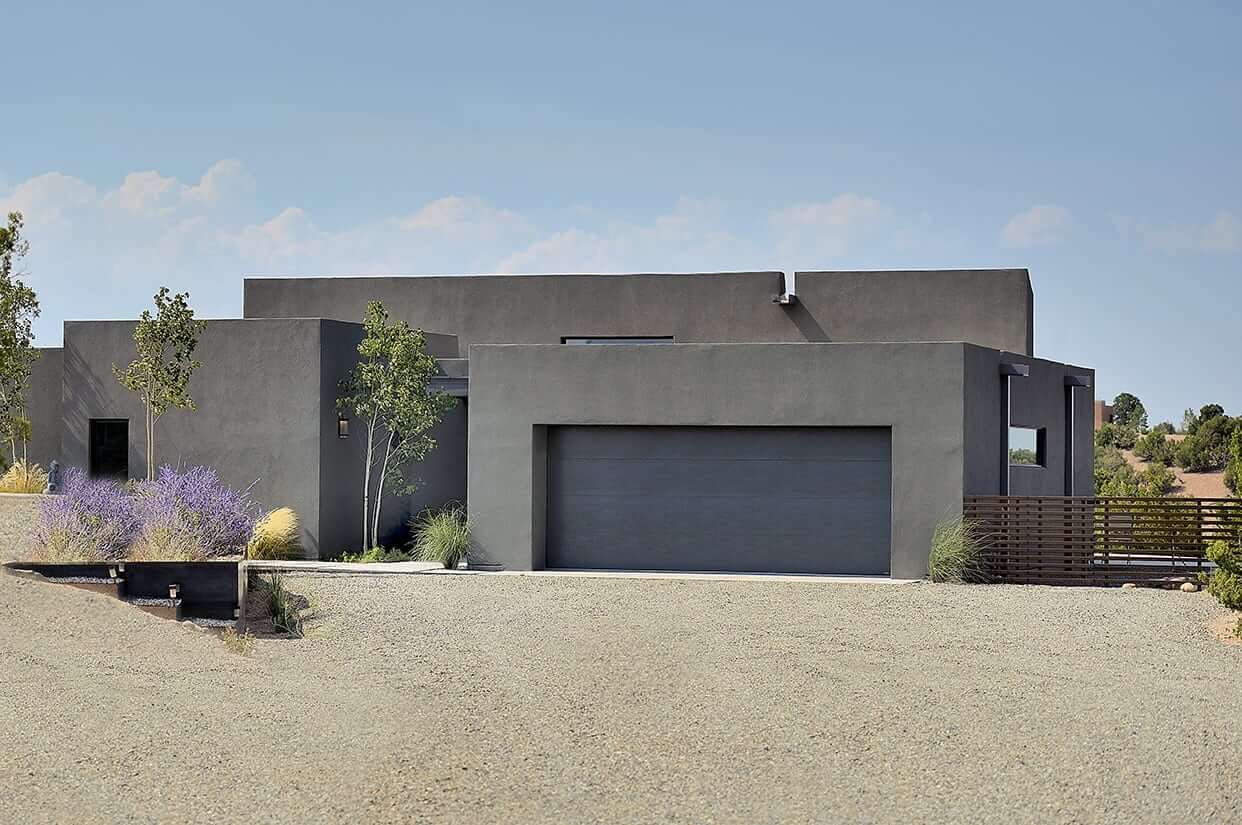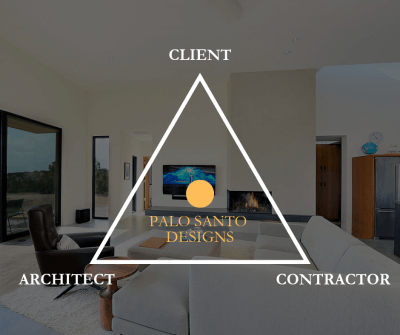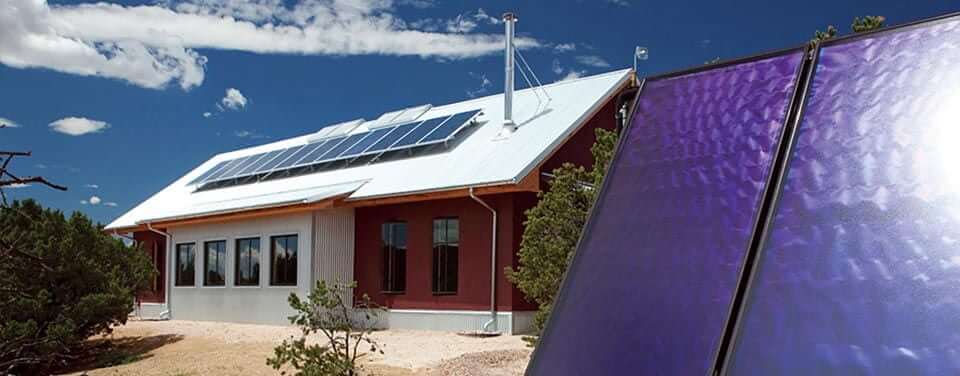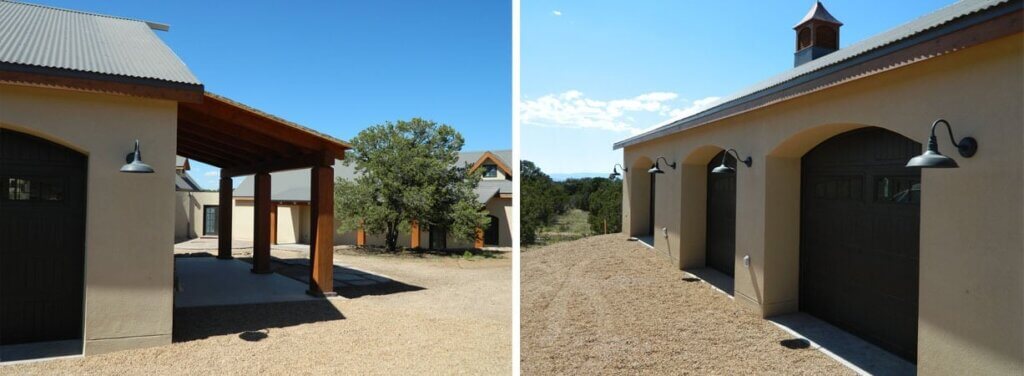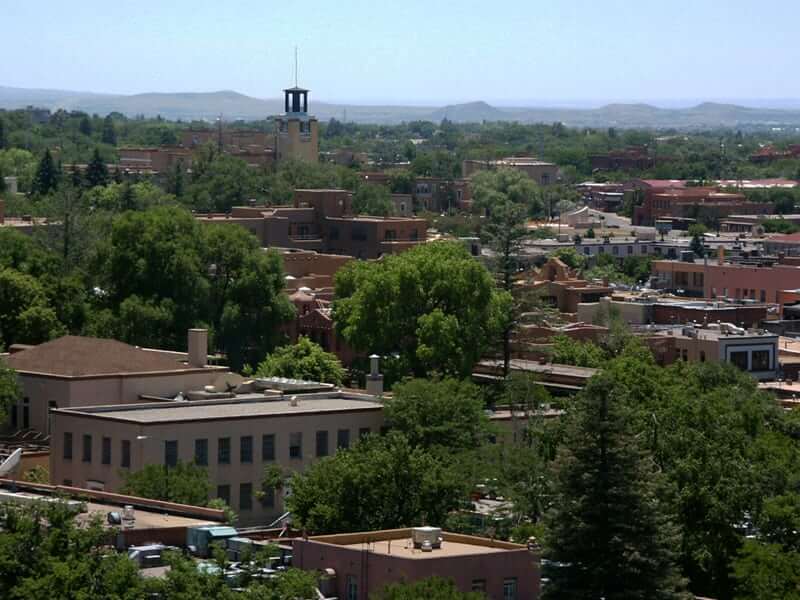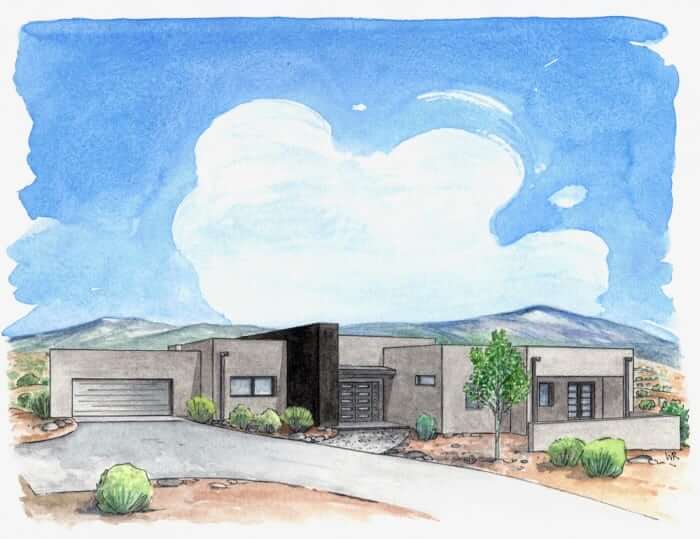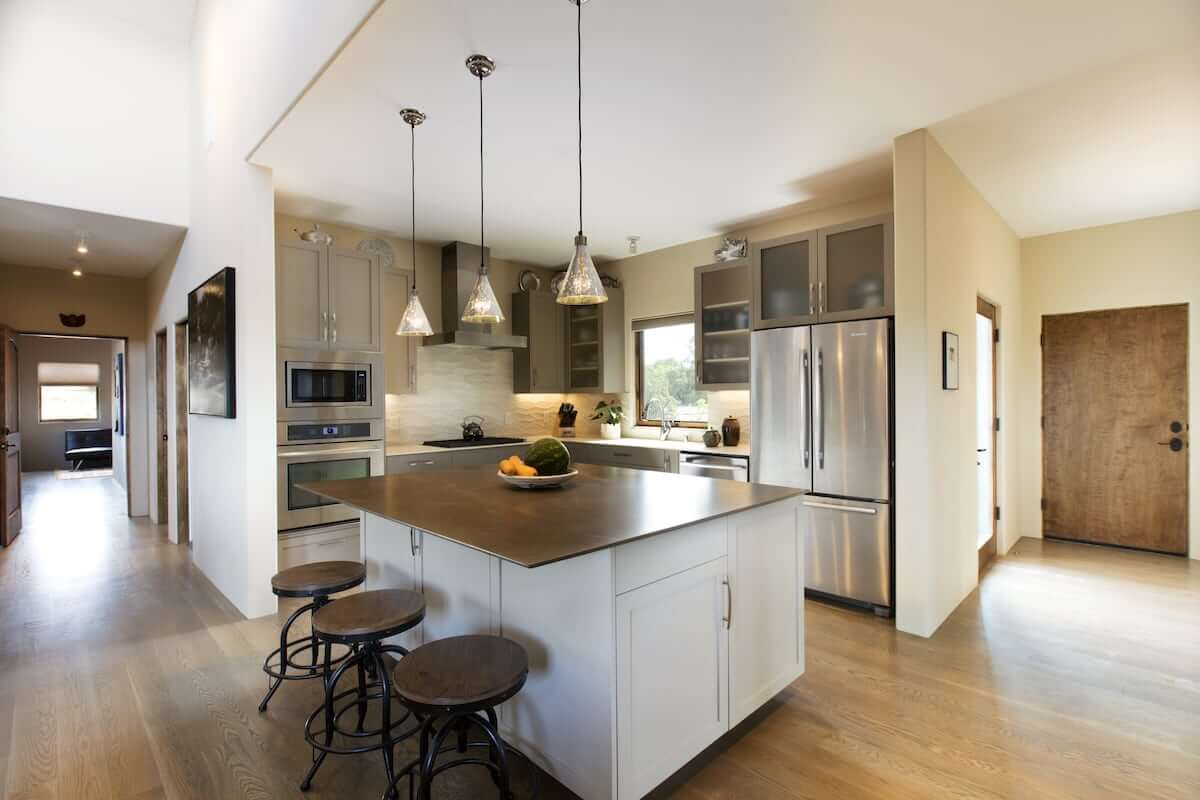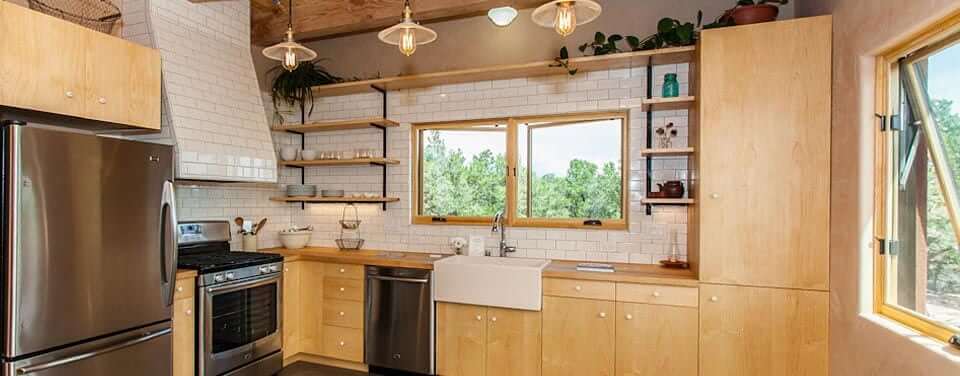It’s always an honor to be mentioned for our efforts and successful projects. Recently, we’ve been named one of the best custom home builders in New Mexico by the Home Builder Digest.
We’re thankful to be chosen as one of the best and we always strive to provide the very best in custom home design and construction here in Santa Fe.
If you’re interested in learning more about our work and what we can do for you, please contact Mark at 505.988.7230




